
When I ventured down to the river a couple of weeks ago, I wasn't completely convinced that the ice was safe to tread upon. But I’d heard that there was lots of fishing going on and I was curious. So when my new friend, Ami, suggested checking it out, I grabbed my camera and my jacket without hesitation. Within minutes, I found myself navigating a precarious path across the crusted river, sugary snow making every step a vertical challenge!
Along the frozen beach, I noticed quite a few chunks (like the one in the photo), pitch black and brittle, obviously different from the surrounding rocks. For me, those ebony pieces are faint reminders that there is more to this tundra village than meets the eye. Back in the 1940’s and on into the 50’s, Atqasuk was the site of a thriving coal mine. Oddly enough, tiny Atqasuk was the supplier for larger villages such as Barrow. Today, other than a few dilapidated structures, there is no outward indication that the mine existed. Only crumbs of coal that make their way down to the river hint at what actually lies below.
Although the coal mine did populate the area for a while, Atqasuk is actually a permanent community for another reason…subsistence. The land was claimed in the 1970’s because it was a valued hunting and fishing camp. The Inupiat, a coastal people, traditionally spent most of their time on the Arctic Ocean hunting whales, seals, and walrus. However, they made seasonal trips inland for trapping, hunting caribou, and freshwater fishing. When the Federal Government pressured the Inupiat to choose the land that they would claim, this area was a cultural treasure they couldn't afford to lose.
It seems like an odd history for such a remote location and I thought about that as I made my way to the various groups huddled around small holes. Ice is an amazing thing. Only a week or so earlier there had been boats on the water. It's doubtful that the fishing nets even had time to dry before they froze. As I watched fish being pulled out, one after another, I marveled at the abundance of the river. Like the coal, it was another reminder not to be fooled by the appearance of things…to look closer and dig deeper and find the treasure that so often lies just beneath the surface.
***********
Click on any photo for a larger image or to see more...
James is taking a break from fishing to warm up his hands and his stomach with some piping hot noodles. His wife, Johanna hand-carried the bowl of noodles all the way from their house! What devotion!
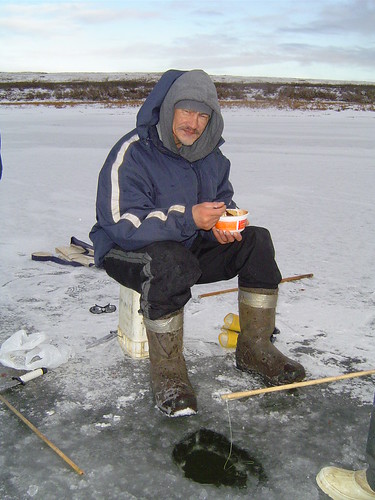
While James finished off his lunch, Johanna kept the fish coming in. By the time I took these photos they had already caught about thirty using fish tails and maktak (whale blubber) for bait.

Some of these are white fish. Some are grayling. The white fish and grayling are both scaled fish. I think the white fish have a different shape to their heads, but thrown into a bag like this, I can't really tell them apart.

Once it's frozen, the river makes a great highway. And, I might add, it gets a lot of use. You can probably see that by the tire tracks in the snow.
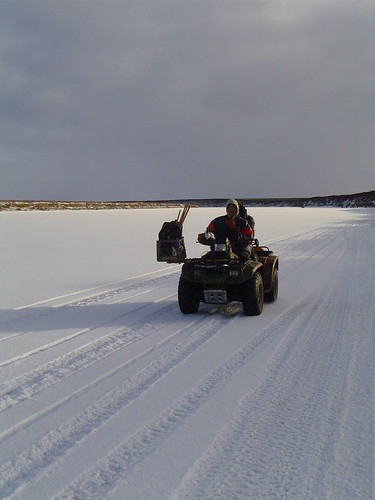

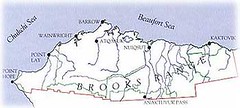



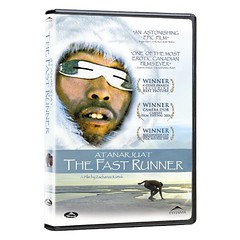
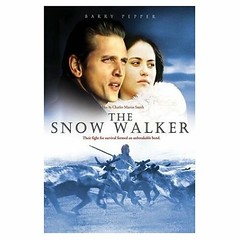
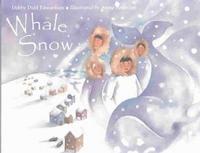
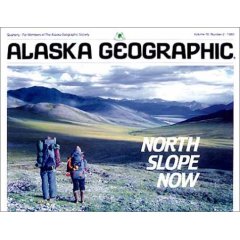
8 comments:
How sad that you don't like fish! You live in a land that has fish that would be free of mercury and all the other contaminants that the rest of us have to worry about.
I loved your story as usual. Now I am hungry for fish!
I agree with you, Johnny. It would be great if I could enjoy eating fish. I feel like that is a connection with the people, the culture, and the land that I miss out on in some ways. I am always polite and take anything that I'm offered (and eat it if they're watching), but I'm sure it would make a difference if I could work up a little more genuine enthusiasm!
As for the mercury contamination...we aren't necessarily safe. There have been researchers testing snow for just that reason. Although there are no known sources of contamination in this area, the river flows down from the Brooks Range and the rain/snow can come from just about anywhere. It's a real concern these days. Last summer there was a big group of scientists here relating their research of tundra lake fish. Unfortunately, the research didn't include testing the river fish which is the only fish these people eat. The scientists didn't seem to understand why the people were so frustrated. That's often the way it goes around here. Lots of information, but not the information that you really need.
I like the article, Kimberlee. (Or when you write it, should it be an arctical?) The story of the town's development is interesting and odd, and a picture of the arrogance with which the government has historically treated persons with more native claims than the Europeans have.
And the photos of ice fishing are really nice too.
Hey Kim,
When are you going to write a book? I love reading your blog it makes me feel all warm and cozy. Gracie loves looking at the pictures (especially of the kids all bundled up). By the way all of the pictures are awesome. We miss you much. Kippi
Steve...LOL...ARCTICAL!...I love it! Why didn't I think of that? I could have made that the subtitle of my blog...the Genuine Arctical. :)
I really appreciate your comment about governmental arrogance. Alaska became a state in 1959. The government had little interest in Natives or their land until the early 1970's when oil was discovered on the North Slope. The land claims were settled for the sole purpose of making mineral exploitation possible. Unfortunately, that's not the only exploitation that took place.
Kippi...warm and cozy?...WOW! That makes me so happy to know that you feel that way! :) And I'm also excited to hear that Gracie is enjoying the pictures. Every time you log in she gets to see my photo...and maybe when I see her next summer she'll REALLY remember me (and not just my puppies) Ha! :)
I love you guys and miss you too. Happy Birthday, Sophie!
Awesome photography! You really need to write a children's nonfiction book - seriously. I am always amazed!
Thanks, Jamie! That's a really nice encouragement. A few years ago I started collecting photos for a "how to" series (for children). I had hoped to focus on different cultural activities that my students were involved in. That project sort of fell by the wayside, but it's still something I think about every now and then. :)
Post a Comment